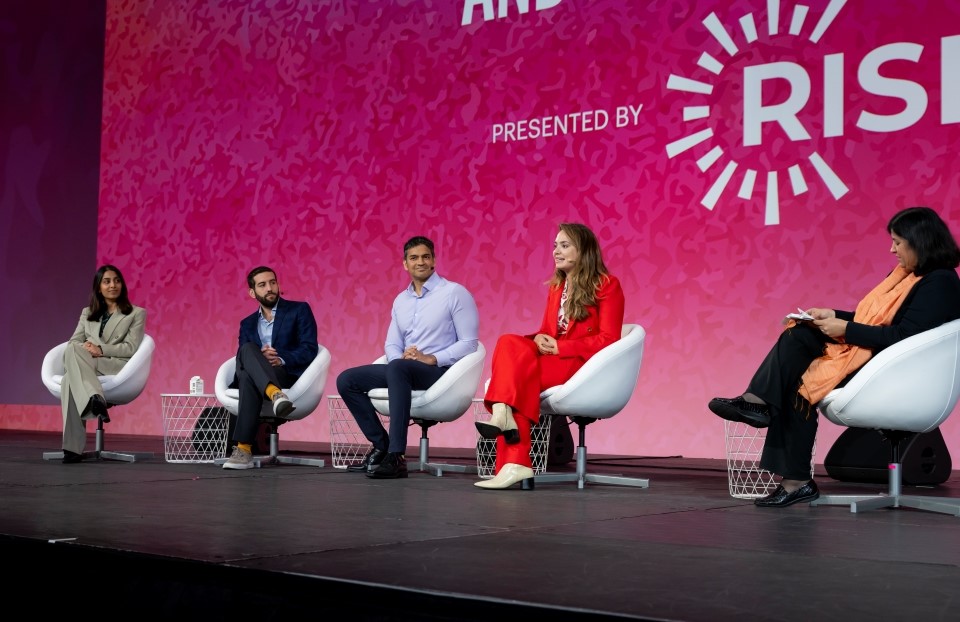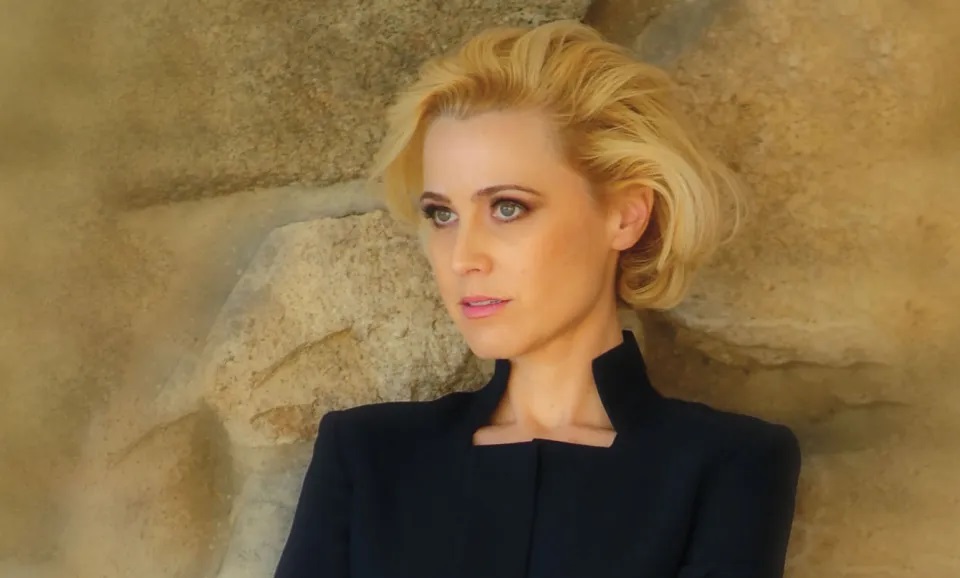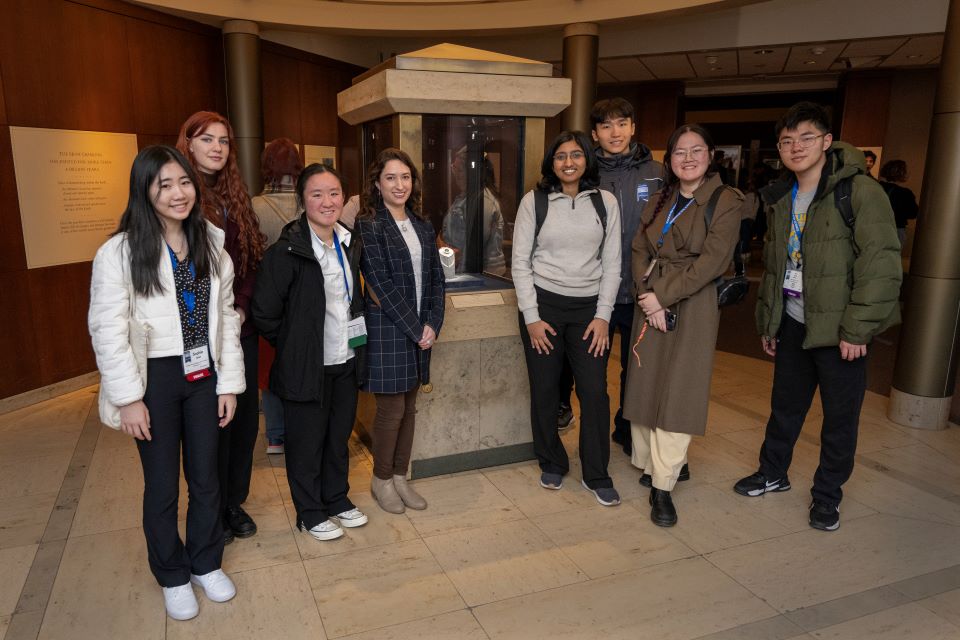From Genetics to Global Commerce, and Back Again
By Caitlin Jennings, Communications Coordinator, Society for Science & the Public
Barbara Searle (nee Wolff) won the top girl’s prize at the seventh annual Science Talent Search (STS) in 1948. The 40 finalists, eight girls and 32 boys, were selected from more than 16,000 contestants. (For the first seven years of the program, girls and boys competed separately). Similar to modern Science Talent Institutes, the finalists went to the White House to have tea with the first lady, Eleanor Roosevelt, visited D.C. monuments, and capped the week off with a banquet.
Barbara won the competition with her research on variations in fruit flies that were non-hereditary, or could be caused by changes in the eggs’ environment. By exposing fruit fly eggs to dye (cyanin) for 24 hours and then to a 100 watt light for 20 to 30 minutes, she altered the phenotype of half the fruit flies, which exhibited marked color changes, and two fruit flies, which had humpbacked bodies.
After STS, Barbara went on to study biology at Swarthmore College and then at Harvard where she earned a Ph.D. “I loved the ideas,” she says, however, she realized while doing her post doctorate that she didn’t have the knack for or interest in lab work. After staying home with her children for awhile, she was inspired by Betty Friedan’s The Feminine Mystique to look for work at a nearby university. She got a job teaching math to prospective elementary school teachers and, while doing so, became fascinated by how children learn math. That interest led her to the Institute for Mathematical Studies in the Social Sciences at Stanford where she researched the issue for more than a decade. While she was there, the Agency for International Development asked her to help them with a project teaching math by radio to kids in developing countries. She continued working with AID for eight years and traveled all over the world doing similar projects for them.
At the age of 51, she moved to Washington, D.C. to work at the World Bank where she reviewed education projects in developing countries and eventually became the Ombudsman. As the Ombudsman she worked with staff on conflict resolution for work-related issues. “So I went from being a hard scientist,” she says smiling, “to being totally touchy-feely.”She reflects on the many unexpected paths her life took, and how, at any given moment, things didn’t seem to make sense, but, she says, “Looking back on the whole thing, it all fits together.”
Now, retired, Barbara has come full circle: she teaches genetics and evolution to her peers as part of the Osher Lifelong Learning Institute (OLLI). “I couldn’t do what I’m doing now if I hadn’t had that early education, despite the fact that almost nothing I learned then is true,” Barbara says, laughing. “Virtually all of it is completely outdated.” However, the science education she received, even though it occurred when scientists considered Pluto a planet and thought life had to be carbon-based, she says, “taught me not only how to think, but how to learn.”


